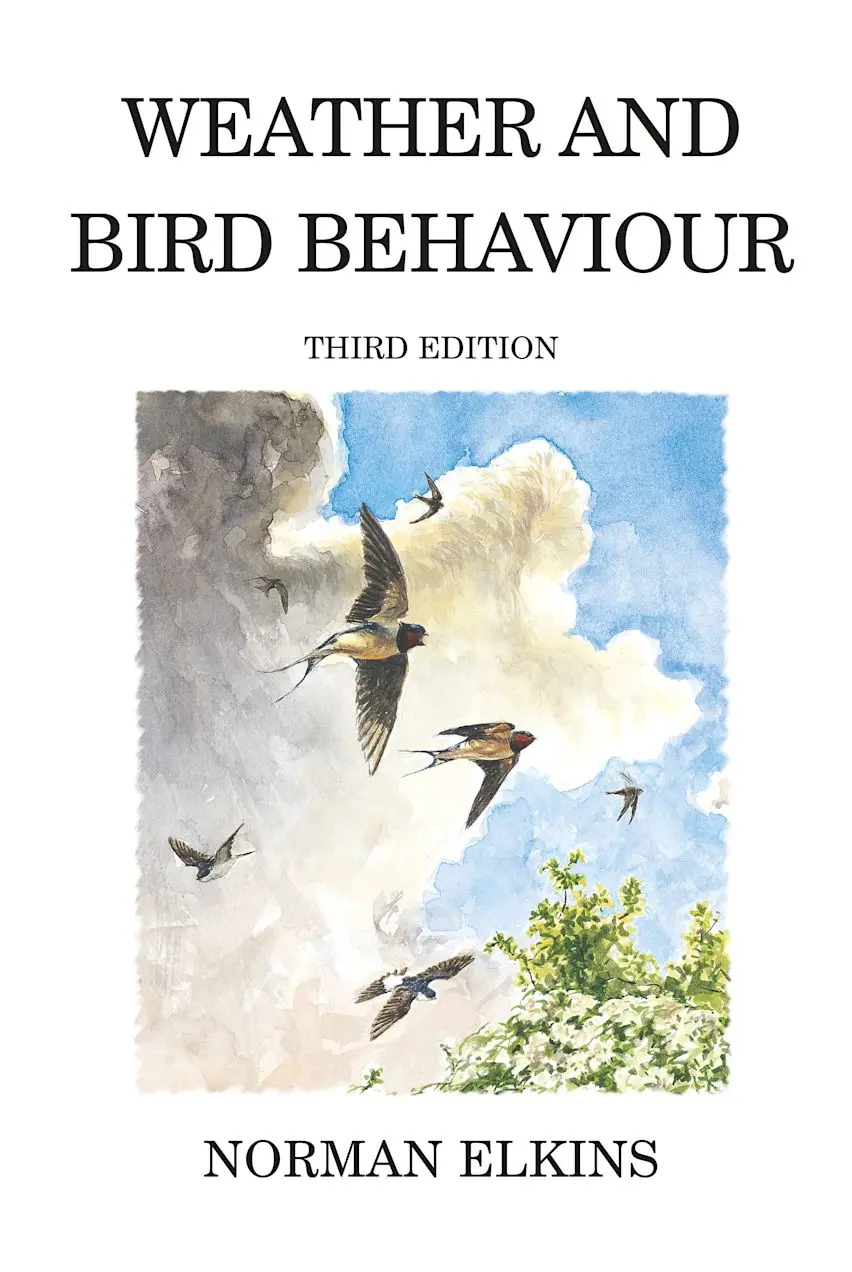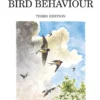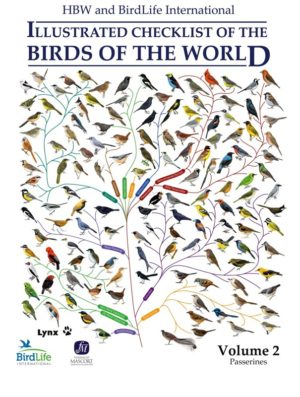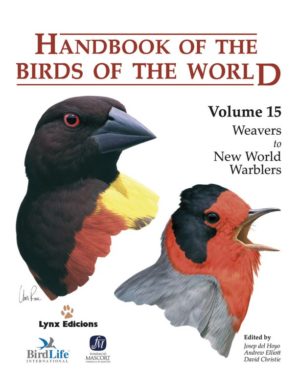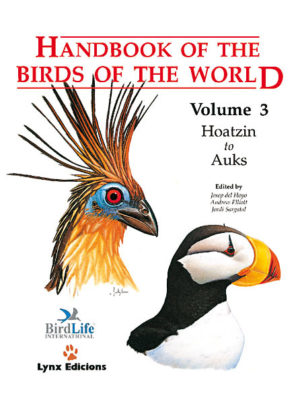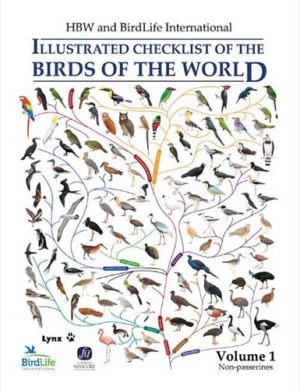This classic Poyser title, now in its third revised edition, discusses in depth the various ways in which weather conditions influence bird behaviour.
Weather conditions affect food and water availability, decisions about when and how to migrate, timing and success of reproduction, flight style, and physical comfort.
Birds display many adaptations in form and behaviour that help them to cope with changing weather conditions, and this fascinating book uses a great variety of examples to explore the subject in depth.
The text is enhanced throughout with evocative line drawings, there are many useful tables and figures, and there is also an 8pp colour photograph section.
